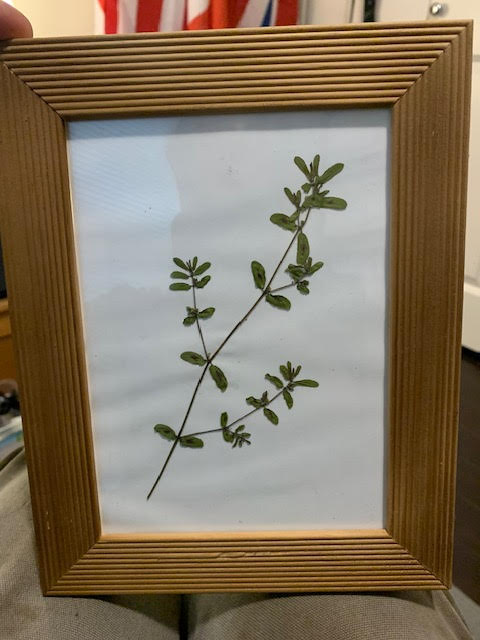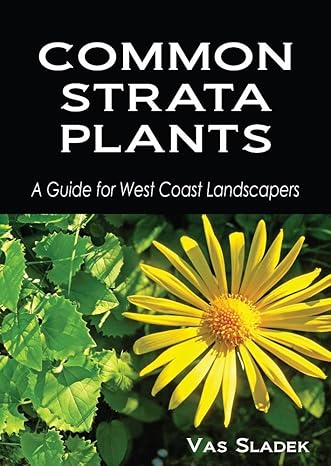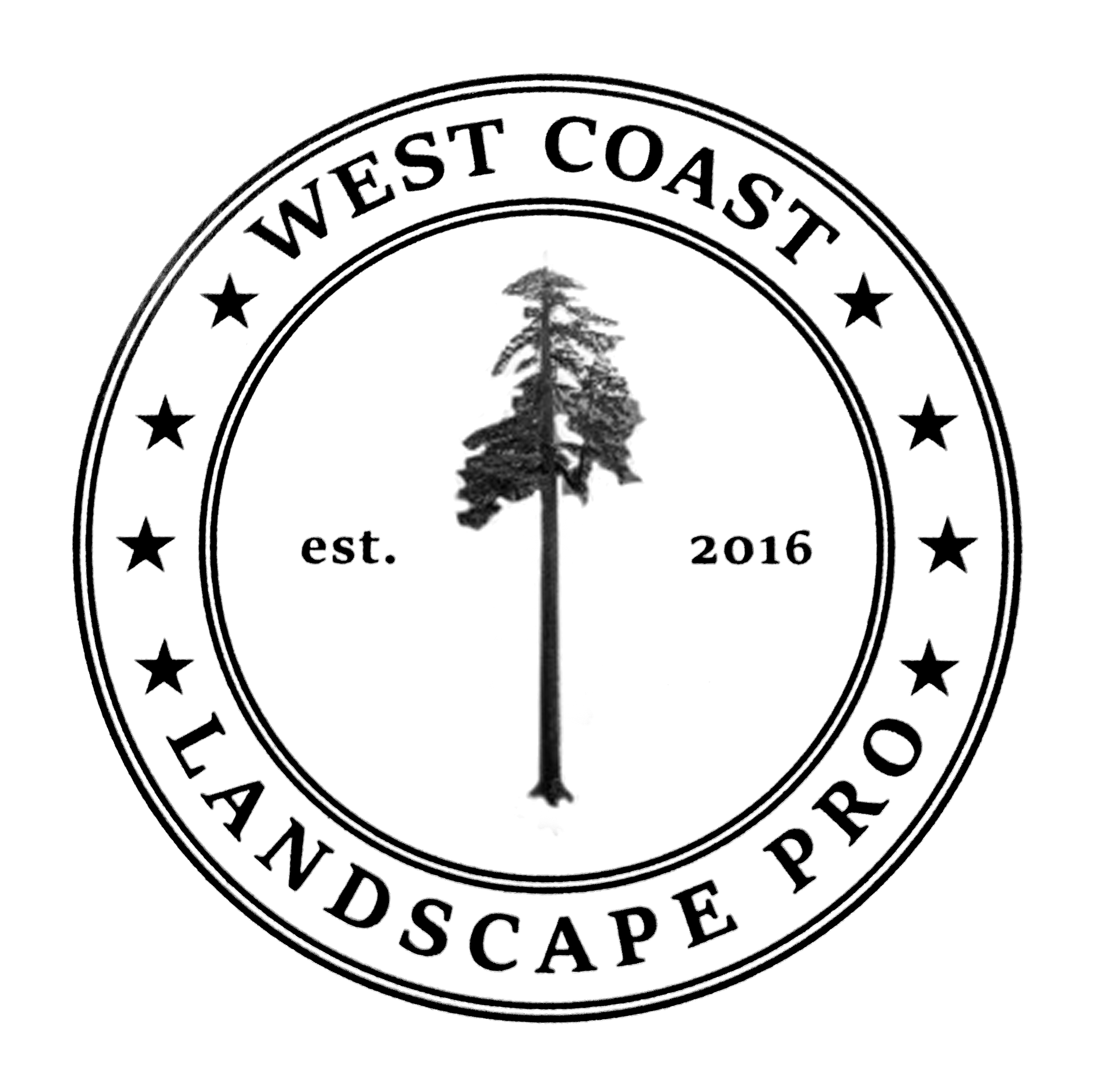Work it, girl!
A few months ago I helped my friend -let’s call her Ana- get into a popular horticulture program at the University of British Columbia. The eight month course would get her ready to take her work life in a new direction. My reference letter didn’t take very long to compose and I was glad to help.
Then came the desperate texts about failed plant identification quizzes: “was it supposed to be so hard?” I know the feeling. It takes a lot of work to learn and remember plant names. To this day, I’m not sure why I remember it so clearly, but there was one moment where the crew showed me a specimen of Viburnum davidii on a North Vancouver strata site. Now, I was a new landscaper starting out and I made the mistake of dismissing the dudes as show offs. I was wrong! Plant identification skills are very important.
Linnaeus quote
I love this quote from the Swedish botanist Carl Linnaeus who created the binomial system for naming plants.
“Who knows not the name,
knows not the subject!”
Everything starts with identifying the plant species. You can’t really help me in the garden if you don’t even know the name of my plants. Once you know the name you can look up everything else like hardiness and proper care. So, Ana has to suck it up and learn the plant names; botanical names, not common names, of course.
How I do it
This year marks my twenty-fifth season as a landscape professional and I am still learning plant names because I want to know every plant on the planet. It takes a lot of work.
I find that working with the plants helps. For example, when I install new plants I read, and keep, the plant tags. That creates a nice association in my brain. It also gets me into hot water when I steal plant tags from retail nurseries; and when my wife finds them in the drier.
When I am sent to the nursery to pick up plants, I take pictures while I wait for my truck to get loaded. Visiting wholesale nurseries is amazing.
Also, remembering specific epithets helps. For example, maculata refers to spots on a plant. So the fast growing weedy plant with spots in the middle of each leaf is Euphorbia maculata (spotted spurge).

Blogging about plants also helps. I have written blogs about Hart’s tongue fern because I couldn’t remember its botanical name when I encountered it in the landscape. Not even after planting it and keeping the tags. So, I penned a blog about it and voila, I was able to recall the evergreen fern: Asplenium scolopendrium.
Shameless plug
Every season I get new landscapers asking me the names of our landscape plants. So, to help them out, I put together a picture e-book file with the 100+ most common landscape plants. The list mostly covers shrubs, trees and perennials and once you learn these plants you’re all set. That’s because the plants tend to show up on most strata sites.
If you need help you can buy the e-book on Amazon for less than a cup of coffee.

Conclusion
If you intend to work in horticulture you have no choice but to learn the botanical plant names. It all starts there, like Carl Linnaeus said. I never said it was easy. Just the other day, I walked by Japanese cedars and I couldn’t recall their botanical name: Cryptomaria japonica. It takes a lot of work. At least I knew they were Japanese cedars.
Good luck!

